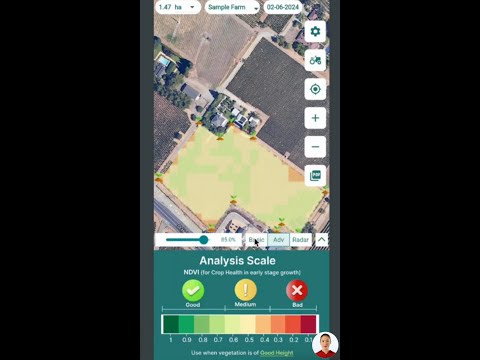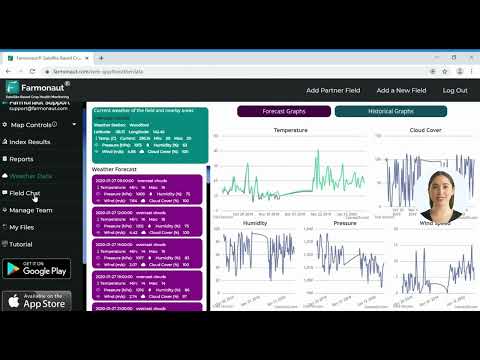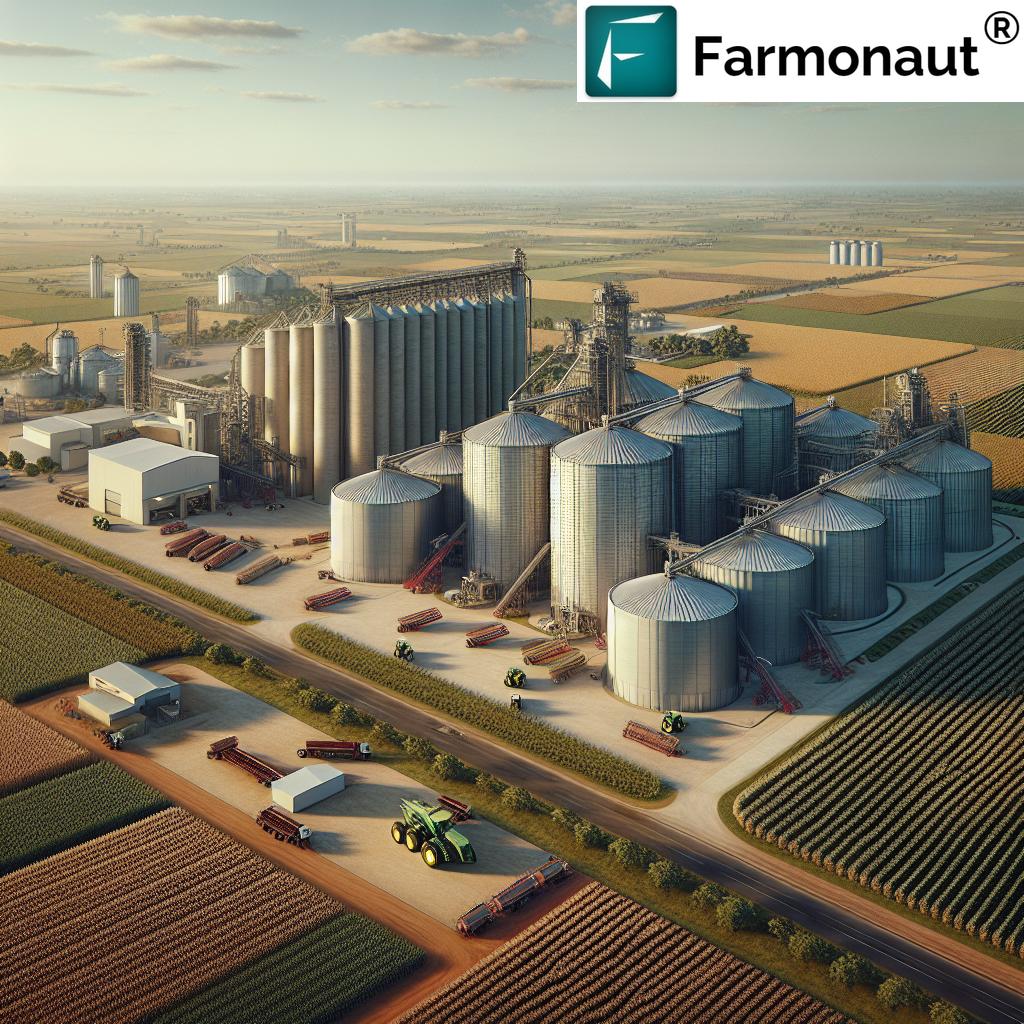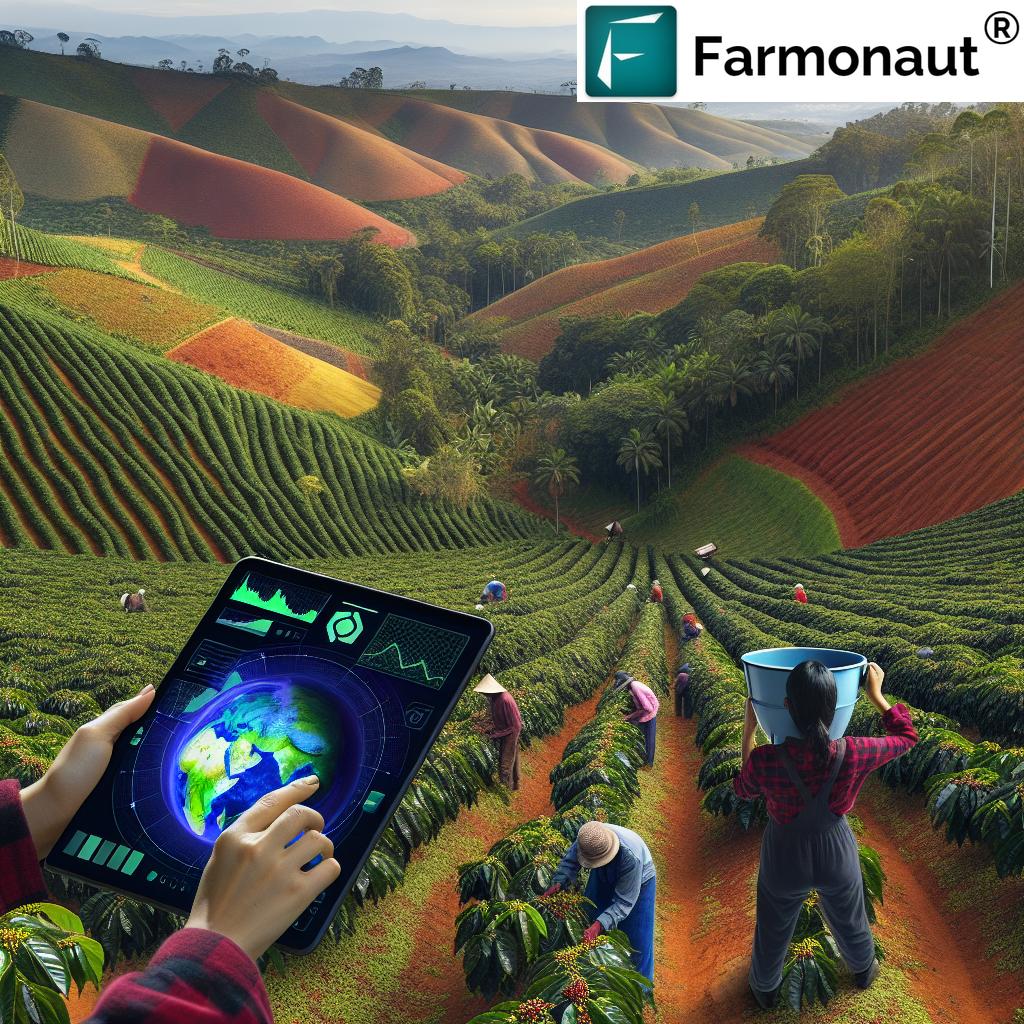Argentina’s Crop Weather Shift: Impact on Global Grain Futures and Soybean Market Trends
“CBOT futures saw corn, soybeans, and wheat prices decline after hitting multi-month highs due to improved Argentine weather.”
In the ever-evolving landscape of global agriculture, we find ourselves at a pivotal moment where weather patterns in Argentina are sending ripples through the international grain markets. As we delve into this complex interplay of climate, economics, and agricultural production, we’ll explore how these factors are shaping the future of farming and trade on a global scale.
The Argentine Weather Shift: A Game Changer for Global Markets
At the heart of our discussion lies the recent shift in Argentina’s crop weather, a change that has had far-reaching implications for Chicago grain futures and soybean market trends. As one of the world’s leading exporters of soybeans, corn, and wheat, Argentina’s agricultural conditions play a crucial role in determining global supply and, consequently, prices.
On February 6, 2023, we witnessed a significant turn of events in the commodity markets. After reaching multi-month highs, grain and soy futures in Chicago experienced a notable decline. This downturn was primarily attributed to a renewed sense of optimism regarding crop weather conditions in Argentina. Let’s break down the specifics:
- Corn futures on the Chicago Board of Trade (CBOT) fell by 0.3%, settling at $4.91-3/4 per bushel.
- Soybean futures decreased by 0.1% to $10.55-1/2 per bushel.
- Wheat saw a drop of 0.5% to $5.69-1/2 per bushel.
These price movements marked a stark contrast to the previous day’s highs, where:
- Corn had reached a 16-month high at $4.98-1/2
- Soybeans achieved a 6-1/2 month peak at $10.79-3/4
- Wheat climbed to a 3-1/2 month high at $5.84-1/4

Understanding the Market Dynamics
To comprehend the significance of these price fluctuations, we need to consider the broader context of global agricultural markets. Several factors had initially driven prices upward:
- The absence of looming agricultural tariffs from the U.S. administration
- Expectations of diminishing supplies of corn and wheat
- Dry weather conditions impacting agricultural regions in Argentina and the Black Sea
- A recent decline in the U.S. dollar, making American crops more attractive to international buyers
However, the arrival of rain in Argentina’s central farming regions provided much-needed moisture, particularly benefiting soybean crops. This meteorological shift was enough to alter market sentiments and prices dramatically.
The Argentine Factor in Global Agriculture
Argentina’s position in the global agricultural market cannot be overstated. As the world’s leading exporter of soybean oil and meal, and the third-largest exporter of corn, the country’s crop conditions have a profound impact on global markets. The Rosario grains exchange indicated that the recent weather improvements could help revive agricultural prospects in the region.
Furthermore, forecasts from the Commodity Weather Group suggested that additional precipitation would reach the northern parts of Argentina by mid-February, further bolstering optimism for crop recovery.
Global Corn Exports and U.S. Agricultural Commodities
While Argentina’s weather has been a primary focus, it’s essential to consider the broader picture of global corn exports and U.S. agricultural commodities. The United States, as a major player in the global grain trade, finds itself navigating a complex landscape of supply and demand dynamics.
Recent data suggests a tempering of demand for some agricultural products. The U.S. government has halted its purchases for foreign food aid programs, and there are reports of China avoiding wheat imports. These factors contribute to the intricate balance of global grain markets and highlight the interconnectedness of international agricultural trade.
“Argentina’s rainfall potentially reviving crop prospects impacted global grain futures and soybean market trends significantly.”
The Brazilian Soybean Factor
Adding another layer of complexity to the soybean market trends is the forecast of a substantial harvest from Brazil. Rabobank has projected that Brazil’s soybean harvest could potentially reach a record 170 million metric tons, surpassing the previous year’s figures by 15 million tons. This projection has significant implications for global soybean supply and pricing strategies.

The Role of Technology in Modern Agriculture
In navigating these complex market conditions, farmers and traders are increasingly turning to technological solutions. Satellite-based crop monitoring systems, like those offered by Farmonaut, are becoming invaluable tools in the agricultural sector. These systems provide real-time insights into crop health, soil moisture levels, and other critical metrics, allowing for more informed decision-making in an increasingly volatile market.
Explore Farmonaut’s advanced solutions:
For developers and businesses looking to integrate satellite and weather data into their own systems, Farmonaut offers comprehensive API solutions. Learn more about our API services and access our API Developer Docs.
Comparative Analysis of Global Grain Futures
To better understand the current state of the global grain market, let’s examine a comparative analysis of different grain types and how various factors are affecting them:
| Factor | Corn | Soybeans | Wheat |
|---|---|---|---|
| CBOT Futures Price Trend | Decreased 0.3% | Decreased 0.1% | Decreased 0.5% |
| Argentina Weather Impact | Positive – Improved rainfall | Highly Positive – Critical for soybean crops | Moderately Positive |
| Global Supply Outlook | Tightening, but improving | Potential surplus due to Brazil’s forecast | Complex, with mixed regional outputs |
| U.S. Export Demand | Stable to Moderate | Competitive, influenced by Brazil’s production | Decreased, China avoiding imports |
| Brazil Production Forecast | Moderate increase expected | Record 170 million metric tons projected | Not a major factor |
This table provides a snapshot of how different grains are faring in the current market environment. It’s clear that while all grains have seen a recent price decrease, the factors influencing each commodity vary significantly.
The Impact of Weather on Agricultural Futures
The recent events in Argentina underscore the critical role that weather plays in shaping agricultural futures. A single rainfall event in a key producing region can have far-reaching effects on global markets. This sensitivity to weather patterns highlights the need for advanced forecasting and monitoring tools in modern agriculture.
Farmonaut’s satellite-based crop monitoring system offers farmers and traders a powerful tool to navigate these weather-related challenges. By providing real-time data on crop health and soil conditions, Farmonaut enables more informed decision-making in the face of changing weather patterns.
The Broader Economic Context
While our focus has been on agricultural markets, it’s important to consider the broader economic context. U.S. stock markets recently concluded a volatile session with gains, as investors processed disappointing earnings reports and mixed economic data. This broader economic landscape inevitably influences agricultural markets through factors such as currency fluctuations and overall economic sentiment.
Looking Ahead: Future Trends and Considerations
As we look to the future of global grain and soybean markets, several key factors will likely play crucial roles:
- Ongoing weather patterns in major producing regions
- Geopolitical developments affecting trade relations
- Technological advancements in agricultural practices
- Shifting consumer preferences and dietary trends
- Environmental regulations and sustainability concerns
Farmers, traders, and policymakers will need to stay informed and adaptable to navigate these complex and interconnected factors successfully.
The Role of Technology in Agricultural Decision-Making
In an era of climate uncertainty and market volatility, the role of technology in agriculture cannot be overstated. Farmonaut’s suite of tools, including satellite-based crop monitoring and AI-driven advisory systems, provide farmers and agribusinesses with the data-driven insights needed to make informed decisions.
Earn With Farmonaut: Join our Affiliate Program
Earn 20% recurring commission with Farmonaut’s affiliate program by sharing your promo code and helping farmers save 10%. Onboard 10 Elite farmers monthly to earn a minimum of $148,000 annually—start now and grow your income!
Learn more about our Affiliate Program and how you can contribute to the future of agriculture while growing your income.
Farmonaut Subscriptions: Empowering Farmers with Advanced Technology
To help farmers and agribusinesses leverage the power of satellite-based crop monitoring and AI-driven insights, Farmonaut offers flexible subscription plans tailored to various needs and scales of operation.
Conclusion: Navigating the Complex World of Agricultural Markets
The recent shifts in Argentina’s crop weather and their impact on global grain futures and soybean market trends exemplify the intricate nature of modern agricultural markets. As we’ve explored, a multitude of factors – from local weather patterns to international trade dynamics – play crucial roles in shaping these markets.
In this complex environment, staying informed and leveraging advanced technological tools become paramount. Farmonaut’s satellite-based crop monitoring and AI-driven insights offer valuable solutions for farmers, traders, and policymakers navigating these challenging waters.
As we move forward, the integration of technology, data-driven decision-making, and sustainable practices will be key to ensuring food security and economic stability in the face of climate change and market volatility. By embracing these tools and approaches, we can work towards a more resilient and productive global agricultural system.
Frequently Asked Questions (FAQ)
Q1: How do weather changes in Argentina affect global grain prices?
A1: As a major exporter of soybeans, corn, and wheat, Argentina’s crop conditions significantly influence global supply. Improved weather can lead to better crop yields, potentially increasing supply and lowering prices in global markets.
Q2: What factors contribute to the volatility of grain futures?
A2: Grain futures are affected by various factors including weather conditions, global supply and demand, currency fluctuations, trade policies, and geopolitical events.
Q3: How does Brazil’s soybean production impact global markets?
A3: Brazil is a major soybean producer. A large harvest forecast, like the recent projection of 170 million metric tons, can significantly affect global supply and potentially lower prices.
Q4: What role does technology play in modern agriculture?
A4: Technology, such as satellite-based crop monitoring and AI-driven advisory systems, helps farmers make informed decisions about crop management, resource allocation, and market timing.
Q5: How do CBOT futures prices reflect agricultural market trends?
A5: CBOT futures prices are indicators of market expectations for future supply and demand. They reflect current market sentiments based on various factors including crop conditions, weather forecasts, and global economic trends.
By staying informed about these market dynamics and leveraging advanced technological solutions, stakeholders in the agricultural sector can better navigate the complexities of global grain and soybean markets. Farmonaut’s tools and services are designed to provide the insights needed to make informed decisions in this ever-changing landscape.





















